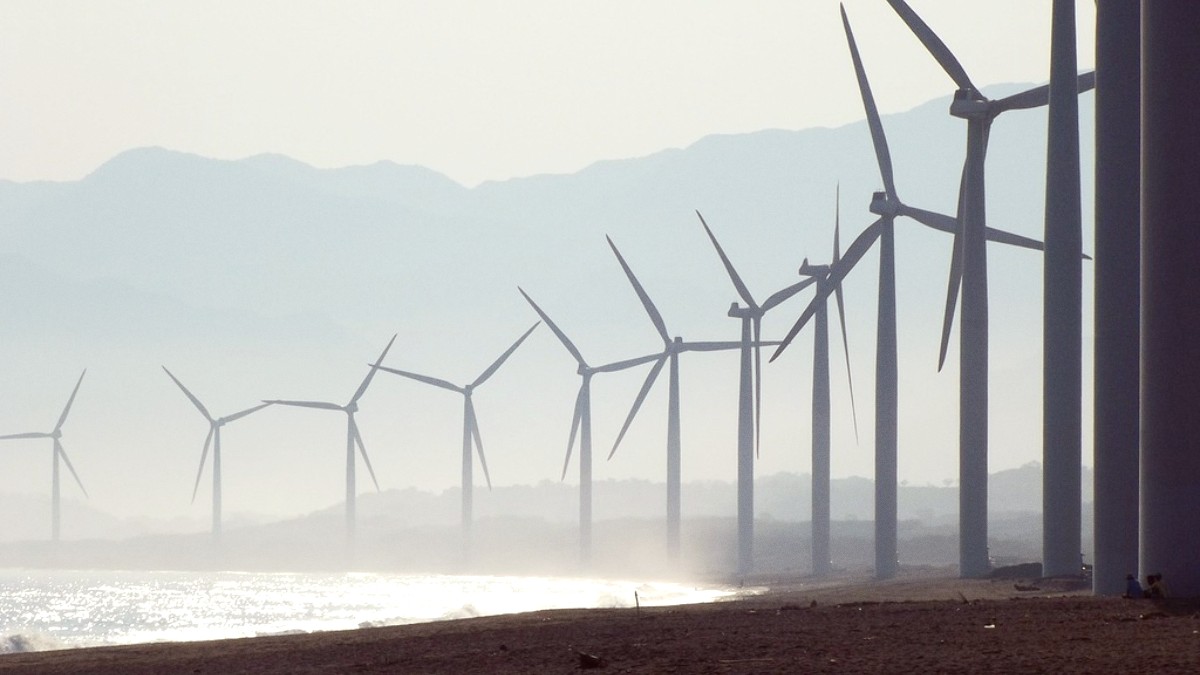
A landlocked country, the Central African Republic sits near the geographical core of Africa. Its location creates a diverse landscape, from Sahelian-influenced savannas in the north to dense equatorial rainforests in the south. Borders are shared with Chad, Sudan, South Sudan, Democratic Republic of Congo, Republic of Congo, and Cameroon. These boundaries shape cultural exchanges and trade paths. Plateaus define much of the topography, gently sloping into river basins. The Ubangi River basin, a major tributary of the expansive Congo River system, covers most of the country. This river network supports local transport, water access, and diverse ecosystems. Rainforests in the southwest contribute to the larger Congo Basin, a region of high biodiversity and dense plant life. Northward, the landscape transitions to extensive savannas—open grasslands with scattered trees. Mont Ngaoui, at 1,420 meters (4,659 ft), is the highest point. Major rivers like the Lobaye, Sangha, and Chari also traverse the nation. The Chari River flows into Lake Chad. These rivers form natural lines, travel corridors, and habitats. Its landlocked position means external connections depend on air travel or river routes, with land borders presenting considerable challenges.
Registering your travel with your country's embassy in Bangui is a good measure. This assists your embassy in locating you and offering assistance if a situation arises.
Please note that security conditions in the Central African Republic remain fluid. Thorough research and strict adherence to official travel advisories from your home country are strongly suggested before and during any visit. Travel with a reputable tour operator familiar with local conditions.
The Central African Republic is largely defined by gently rolling plateaus that slope into expansive river basins. The Ubangi River system covers much of the nation, a lifeline for communities and diverse ecosystems. Rainforests in the southwest contribute to the Congo Basin's rich biodiversity. Further north, savannas dominate the landscape. These features shape travel, agriculture, and human settlements across the country.
A unitary semi-presidential republic, the Central African Republic is governed from its capital, Bangui. The population is estimated at 5.7 million (2023), speaking French and Sango officially. The nation navigates its political course with a blend of resilience and ongoing challenges, reflecting its complex post-independence journey.
Central African Republic (République Centrafricaine)
Bangui
French, Sango
Central African CFA franc (XAF)
+236
The Central African CFA franc (XAF) provides currency stability, linked to the Euro. The country's economy, with a nominal GDP of approximately US$2.5 billion (2023), navigates complex challenges, typical of a developing nation. The diverse religious landscape, encompassing Christianity, Islam, and Animism, mirrors the country's rich cultural weave, contributing to its distinct identity and social characteristics.
The Central African Republic observes West Africa Time (WAT), which is UTC+1. Vehicles are driven on the right-hand side of the road.
The total area spans 622,984 km² (240,535 sq mi), making it a country of considerable size within Central Africa.
This overview lays a foundation for a visit, providing administrative, economic, and social details.
The flag of the Central African Republic has five horizontal stripes and one vertical stripe. The horizontal stripes are blue, white, green, and yellow, representing the sky and freedom, purity and peace, hope and faith, and prosperity, respectively. The red vertical stripe symbolizes the blood shed for independence and the desire for unity among all peoples of Africa.
At the upper hoist corner, a yellow five-pointed star embodies unity and freedom. The flag's design itself reflects an union of pan-African colors with those of the French tricolor, symbolizing the country's past connections and its aspirations for a shared African future.
Vast savannas and equatorial rainforests define the country's natural beauty, supporting diverse ecosystems.
A major lifeline for local transport and aquatic life, feeding into the expansive Congo River.
Millennia of human settlement and migrations have shaped its rich and diverse cultural fabric.
The flag is a powerful emblem of the nation's aspirations and heritage. Its colors are chosen to symbolize unity and progress across the African continent.